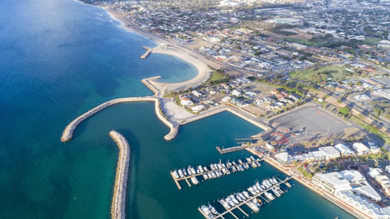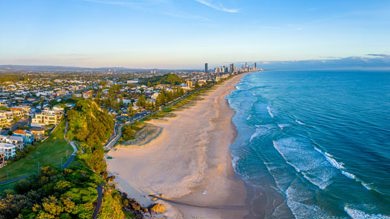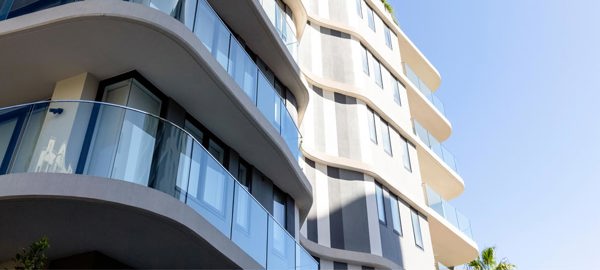
How to build the perfect property portfolio
There are several ways to build a property investment portfolio, but there’s one strategy that trumps them all: balance.
How to build the perfect property portfolio
Like many things in life, the idea of a perfect portfolio is highly personal. It depends on your goals, your personal and financial situation, and how much risk you can handle.
This means that what works well for others may not be the right strategy for you. For example, some people may have made a fortune by buying older properties that they have renovated and flipped. Others may have made money by buying new houses and holding over the long term.
There are several ways to build a property investment portfolio, but there’s one strategy that trumps them all: balance.
Regardless of your situation, age or experience, balance is the one thing that can help you maximise your profit and minimise your risk. It’s the one thing you need to factor into your portfolio if you want to succeed as an investor.
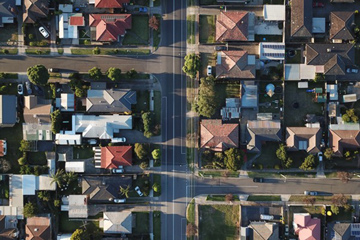
Picture: Tom Rumble/Unsplash
What is a property portfolio?
A property portfolio is a collection of investment properties owned by an individual, a trust or a company. Individual investors typically live in one of the properties they own and rent out the others.
What does a balanced portfolio look like?
When it comes to property, most investors have a similar aim: build a portfolio that pays for itself each month, whilst consistently growing in value.
To achieve this, you need properties that deliver high rental yields and properties that promise high capital returns, as it’s rare to find properties that offer both.
Balance can also be achieved through pursuing diversification. Buying properties in different states will reduce your exposure to location-specific downturns, and investing in both residential and commercial property will help you weather storms in either market.
How do I build a balanced portfolio?
Each investor has their own path to positive cash-flows and long-term capital growth. Property is a long-term investment strategy, not a get-rich-quick scheme, so investors need to take their time.
According to Ben Kingsley, co-host of the Property Couch and founder of financial advisory firm Empower Wealth, the steps you should take to get there ultimately depend on four factors: your income, your expenses, your wealth target, and the time you have to reach it.
“It’s a game of money first, assets second – because your cash flow determines how much surplus money you can trap,” he says.
“The more surplus you trap, the higher your borrowing power – and once you have that borrowing power, you can then finance a property.”
1. Work back from an end goal
It’s handy to set a target so that you have something to aim towards. This will ensure that your investment strategy is structured, gives you something to help you make difficult decisions. Setting your end goal should your first step.
This goal could be a passive income of $2,000 a week, or $100,000 a year, by the time you retire. Or something more directly related to your overall wealth.
2. Start by focusing on income
Australia’s property market allows investment opportunities at a wide range of price points, however investors need a high enough income to put down a deposit and service the interest repayments on their loan.
This means that would-be investors either need to wait until they earn enough money to absorb rental losses on low-yielding, high capital-growth properties, or initially only invest in high-yielding, low-capital growth properties that boost their income.
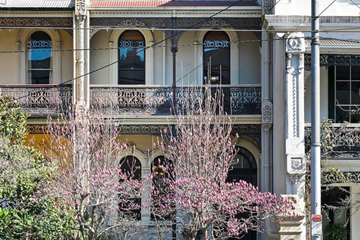
Picture: realestate.com.au/buy
3. Buy properties with strong owner-occupier appeal
The logic behind this is simple: owner-occupiers make up 70% of the market, and so buying properties that only appeal to investors will greatly limit your capital returns, as demand for these properties will be lower.
According to Kingsley, properties need to have “character and charm”, and be located in areas with “high status, good amenity and great liveability” to deliver really good capital growth.
What you might want to have in your portfolio?
If you’re a beginner investor and on an average income, you’ll want to buy cash flow-positive or neutral properties first to help ease into the game.
It’s worth noting, too, that older houses in the outer fringes of capital cities generally achieve higher rental yields by virtue of their lower price points, and their typically older stock offers plenty of opportunity to increase value through renovations. Which means you might get to enjoy both rental income and capital growth.
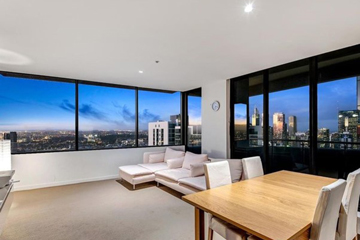
Picture: realestate.com.au/buy
What shouldn’t be in your portfolio?
Kingsley says it’s generally advisable to steer clear of “investor stock, because there’s really no appetite of asset in the re-sale market”.
These are typically identikit units in hi-rise apartment towers, with few distinguishing features.
“If it’s a unit, make sure that it’s in a small block, it’s well positioned, and that it’s one of four or one of six,” he says. “These have lower holding costs, higher demand, and are less exposed to oversupply”.
This article was originally posted on realestate.com.au as ‘How to build the perfect property portfolio’
